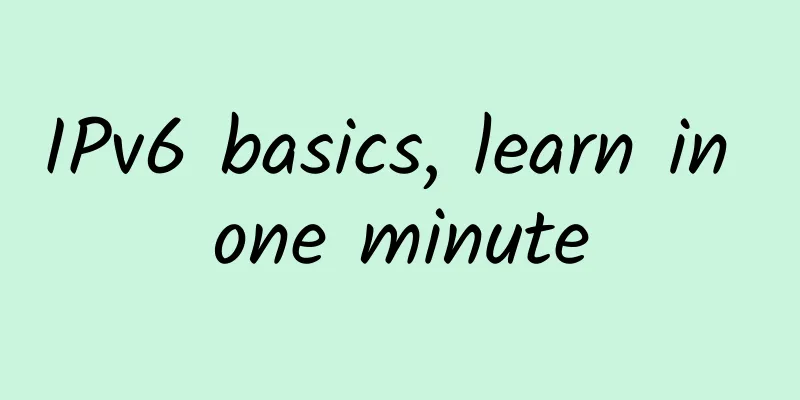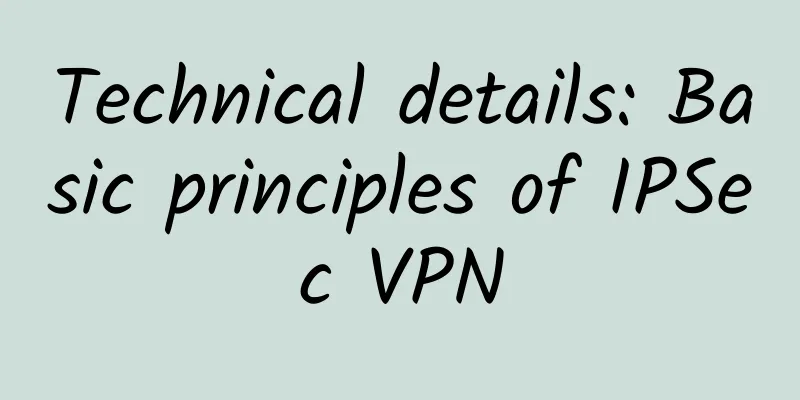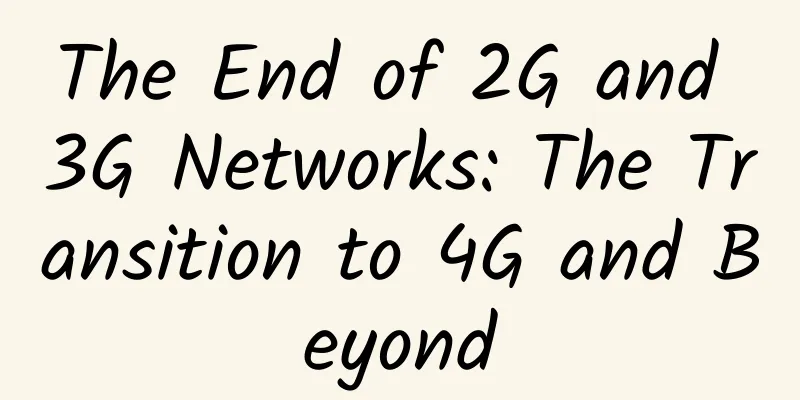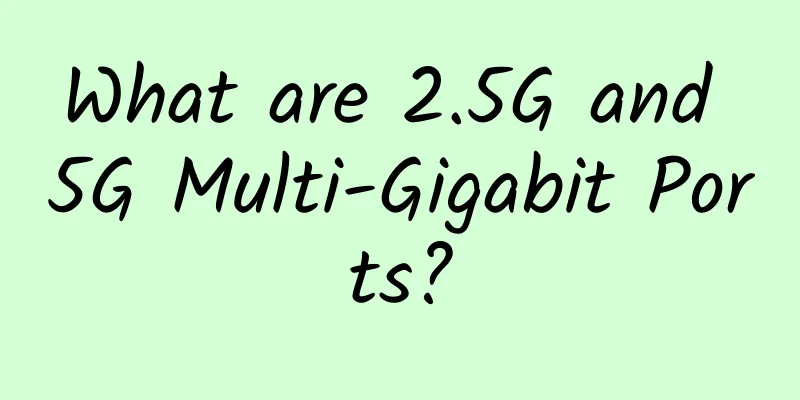What is the transport layer protocol?

|
Transport layer protocols are an important part of the network because they provide a way to transfer data packets from one network node to another. Transport protocols have a variety of uses, such as streaming video, navigating the internet, and performing transactions. The two core protocols are TCP and UDP. What is the transport layer protocol?The TCP and UDP protocols are associated with the transport layer of the OSI model and serve as the underlying data exchange protocols for the entire Internet. In short, the transport layer protocol is responsible for ensuring end-to-end communication between devices. It also performs error detection (TCP only), data segmentation, and data reassembly. TCP, in particular, is responsible for everything from loading web pages to exchanging data in online games. Let's look at how it does it. What is Transmission Control Protocol (TCP)?The Transmission Control Protocol (TCP) is the core protocol of the Internet Protocol (IP) suite and is responsible for ensuring reliable, fault-tolerant data is sent from one point to another. TCP goes a long way in ensuring that all information is transmitted losslessly. For example, one of the things that differentiates TCP from UDP is the retransmission of lost data. This is done in a particularly clever way. In the TCP protocol, each packet is given a unique sequence number. The packet sender carefully keeps track of which packets have been sent. In response, the receiving system sends out an ACK packet (stands for "acknowledgement"), which contains the sequence number of the packet confirmed to be received. If the sequence number does not match or is missing, the sending machine will resend the packet. This process continues until a matching ACK confirms that the transmission was successful. Data retransmission is not the only way TCP is reliable. It also uses a three-way handshake to establish a persistent connection. In TCP, the three-way handshake is a communication mechanism to ensure that all data is sent and received correctly. In short, this happens in three parts:
Once these three "handshakes" are complete, the transmission begins. The three-way handshake is often described as the hallmark of TCP's "connection-oriented" communications. However, other features such as error detection and flow control also form the backbone of TCP's connection-oriented nature.
While TCP is known for its reliability, it is also known for its latency and high overhead. TCP ensures that every packet is sent and recorded, but this may not be suitable for all use cases. For example, video streaming does not require every packet to reach the user - this is where UDP comes in. What is User Datagram Protocol (UDP)? UDP is a connectionless, lightweight version of TCP. In contrast to TCP, the main goal of UDP is to send datagrams, i.e. packets, as quickly as possible. The best use case for best-effort delivery is in the field of media transport. Let’s look at a few examples:
How to choose between TCP and UDP?There are several factors to consider when deciding which protocol to use. Let's review some of them:
In summary, if the successful delivery of each packet of information is important, then use TCP. If there is a certain level of acceptable data loss, then UDP is the best choice. Another key aspect of choosing a protocol is to understand how to effectively scan them on the network. Let's cover that next. What tools can scan network ports?A trained network engineer has a variety of tools at their disposal; the trick is knowing when and where to use them. Specifically, a network port scanner is a tool that allows a target device to be scanned and see which ports are open and thus vulnerable to attack. This article will look at a few different port scanners that may come in handy, starting with Nmap. It is important to note that you should not just scan any domain you want, as this may have legal and ethical implications.
Nmap is a powerful reconnaissance tool used to discover network hosts and services. It is also used as a port scanner by pen testers, system administrators, and security engineers. Nmap uses various techniques to scan ports such as TCP connection scanning, SYN scanning, and UDP scanning.
Netcat, also known as nc, is a general and well-known network tool that can perform almost any operation on the TCP/IP suite. Its most notable uses are as a TCP proxy, network daemon testing, port scanning, remote shell, and more.
Here is a practical example:
If you're using Mac or Linux, just open a terminal and type man nc to learn how to use it on your device. (Or type nc /? on Windows.)
The other examples are CLI only, but Zenmap provides a GUI for the previously mentioned Nmap. Zenmap provides a more user-friendly and structured approach to utilizing Nmap. Now that we have discussed the various tools used to scan a network, let’s discuss some techniques used to assess network vulnerabilities. 6 Network Port Scanning Techniques and Results ExplainedAlthough the end result of a port scan is the same, it is important to understand the different techniques used to achieve the purpose. As with TCP and UDP, different techniques also require trade-offs, such as speed vs. security. First, let's look at a common technique that nc uses by default - TCP connection scanning.
This is a common tool used by security engineers to assess device port vulnerabilities. It parses the three-way handshake, so it generally does not trigger intrusion detection alerts. The TCP connection scan goes through each port and logs all ports, allowing it to parse the three-way handshake. However, it is very slow.
SYN scan, also known as half-port scan, is designed to verify the vulnerability of a port faster than traditional TCP scan. SYN scan waits for the receiver to confirm through the SYN-ACK packet instead of completing the entire handshake process.
Since UDP is not connection-oriented, it is difficult to determine whether a UDP port is open. UDP scanning relies on ACK signals that may not arrive. However, it is still an important security assessment tool, but the certainty is still not as good as TCP scanning.
The number of scanning options that can be applied in Nmap is almost incalculable. Nmap provides a lot of flexibility in how, what, and when to scan ports.
How to interpret port scan results?Understanding open, closed, and filtered portsOne thing to remember when analyzing the results is that you should never open a port that you don't know about. Only ports with a specific purpose should be open for communication. Filtered ports are ports that do not respond to the scan at all. This can happen when a firewall blocks the port, or some other network configuration prevents a valid response. Analyze potential security risks based on scan resultsOpen and unregulated ports are one of the biggest attack vectors in the IT space. When analyzing security findings, it is important to determine which ports are open and which services are using that port. For example, if port 668 is using Telnet and no one knows why, then this is a serious problem that needs to be addressed. A hacker could potentially steal data on that port via telnet. This is just one example, but understanding and visualizing the results is important to strengthening and maintaining a proper security posture. SummarizeThis article explains which protocols are used in port-to-port communication: TCP and UDP. Remember that TCP is used for critical data that cannot be lost during transmission. In contrast, UDP is faster and is suitable for applications that can tolerate a certain amount of data loss. Tools have been developed to monitor these protocols by verifying the ports and services that use these protocols. These tools are Netcat, Nmap and its GUI counterpart Zenmap. There are many techniques for scanning ports, namely TCP connection scanning, SYN scanning, and UDP scanning. TCP connection scanning is slower but safer. SYN scanning may trigger intrusion detection systems, but it is faster. UDP scanning is often difficult to interpret because UDP is not connection-oriented and does not necessarily send a response to the sender. |
<<: 5GRedCap: The role of RedCap in 5G evolution
>>: Spain's 5G state subsidies may exclude Huawei, Huawei appeals
Recommend
Knowledge graph is the basis for machines to understand the world. See how these three experts use knowledge graph technology!
[51CTO.com original article] On June 21, the WOT2...
10,000-word article on HTTPS, no more panic in interviews!
The HTTP protocol only establishes the standard f...
Mellanox: Reconstructing the network world with data at the center
Not long ago, as a leading provider of end-to-end...
How to set IP addresses for network monitoring projects with more than 254 points?
Many friends have asked, how to set the IP addres...
People's Daily pays attention to the speed limit of network disk: Let the speed limit of network disk be increased
On January 21, the People's Daily published a...
Huawei releases "Premium Private Line 2.0 & Intelligent Distributed Access" solution
[Beijing, China, October 15] In September this ye...
Promote Kunpeng talent training and help build the Kunpeng industry ecosystem
On November 25, Huawei Kunpeng University Tour Sh...
Huang Li of iSoftStone: Everything is connected in the 5G era. Let’s discuss the opportunities and challenges of enterprise digital transformation!
[51CTO.com original article] On September 18, the...
11 Myths About Wi-Fi 6 and 6E
The Wi-Fi Alliance has unveiled two new versions ...
JustVPS: 30% off UK VPS/20% off all VPS, unlimited traffic in multiple data centers in the United States/France/Singapore/Russia/Hong Kong, China
JustVPS.pro bought a VPS in London, UK, last Dece...
The Smart Network: Cisco's most disruptive innovation in a decade
A little over a year ago, my colleague David McGr...
edgeNAT March Promotion: Korean Dedicated Server/All VPS 20% off for monthly payment and 30% off for annual payment
edgeNAT has launched a promotional event after th...
[Important Event] Be neither arrogant nor give up, stick to the original intention, the 2023 Jinrui Marketing Award works collection is officially launched
111.jpg The explosive marketing of the "frag...
In 2024, the core network will usher in new opportunities!
In today’s article, let’s talk about the core net...
From rough to soft decoration: 5G R17 standard officially frozen
After many twists and turns, the 3GPP R17 standar...









